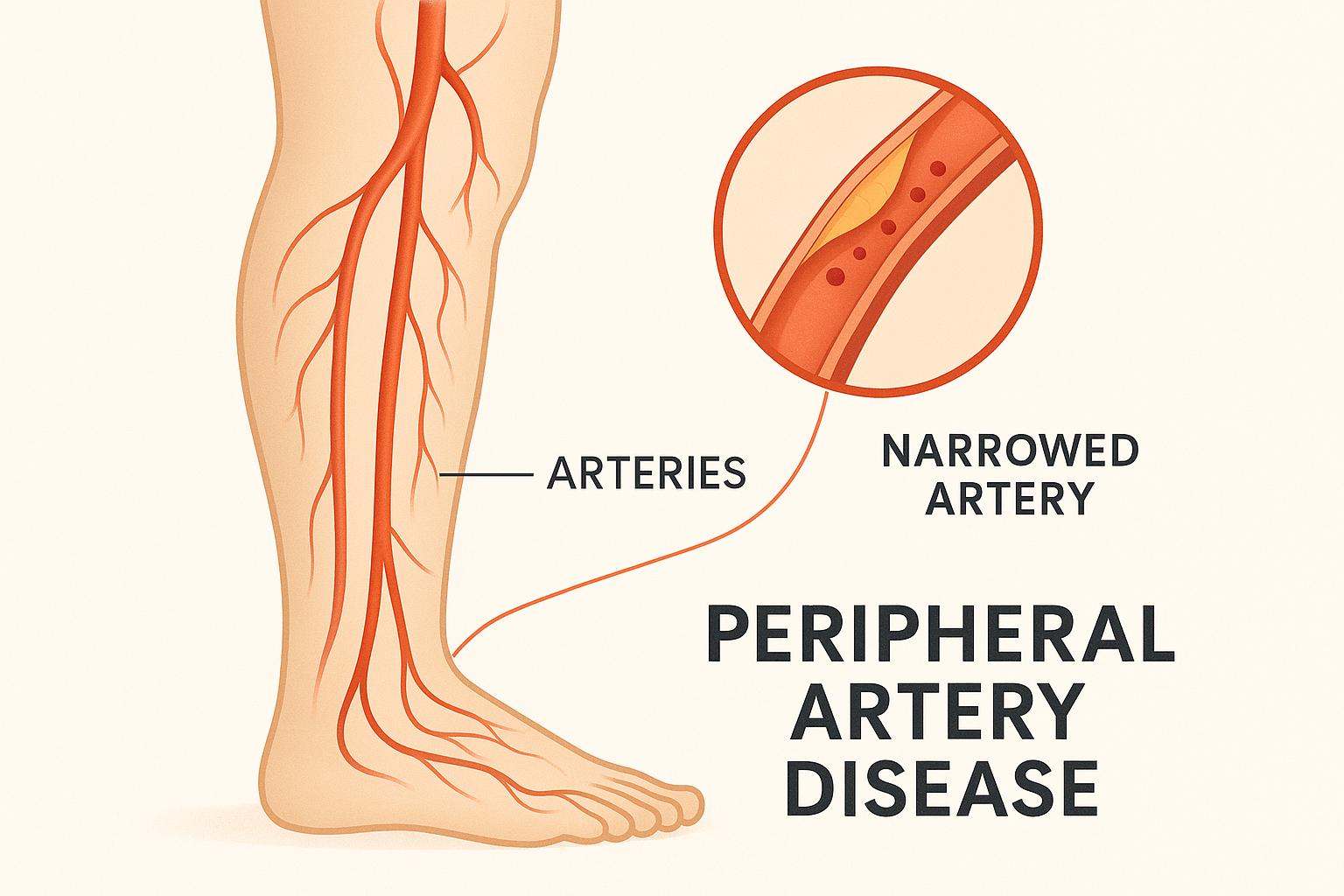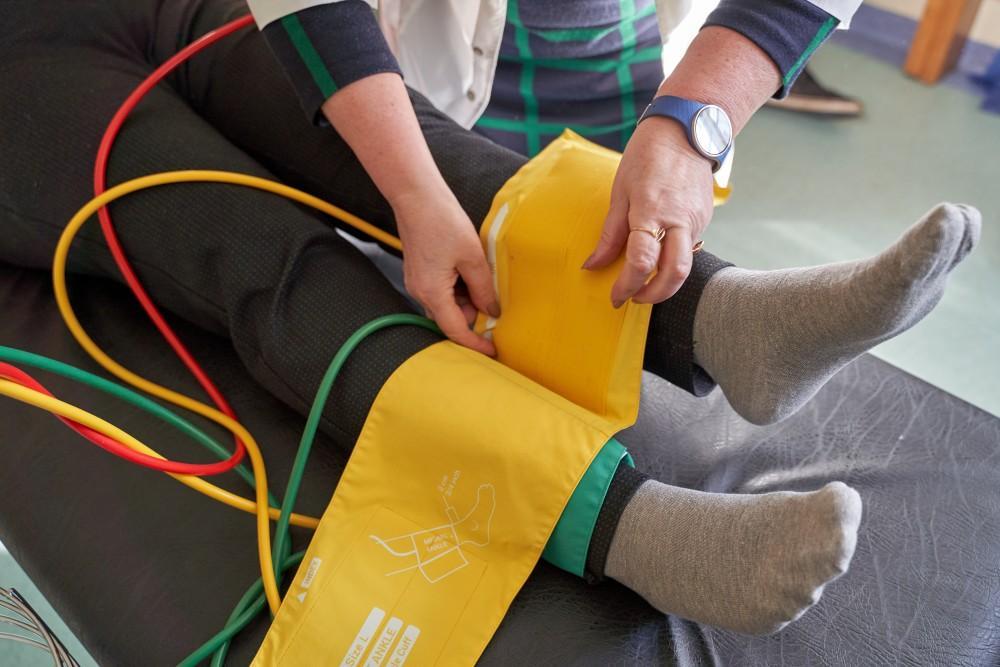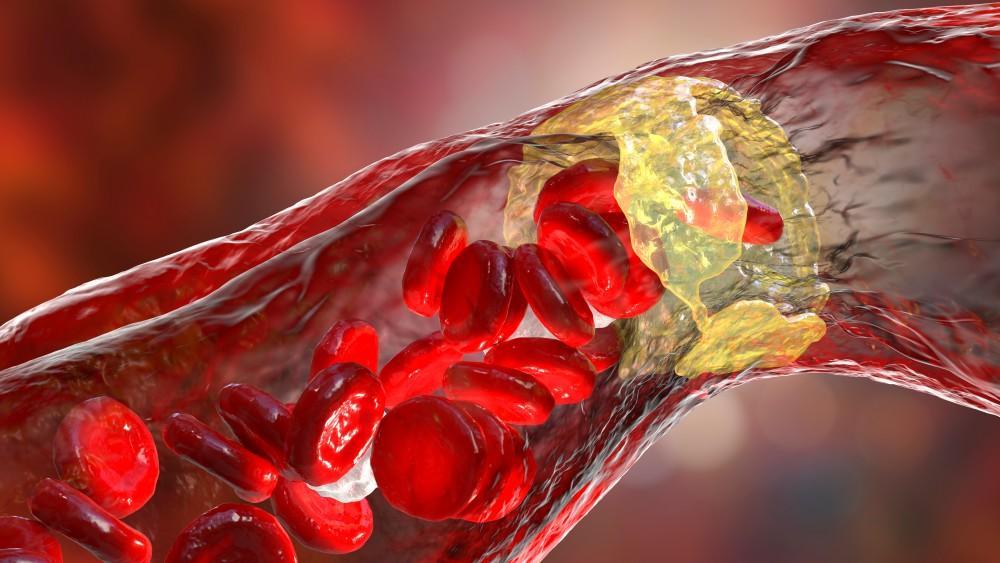More than 30 million people suffer from vein problems each year, and more than 100 million Americans live with diabetes or its precursor, prediabetes. These numbers stand out even more when you realize that diabetes is linked to vein conditions. One of those linked conditions is peripheral artery disease (PAD), which can turn painful and serious if left untreated.
Dr. Rishin Shah, a vascular expert with more than a decade of experience, shares the facts about PAD and diabetes, and how these two conditions are related.
What is peripheral artery disease?
PAD develops when fatty deposits build up on the walls of your blood vessels, causing them to narrow. This condition commonly affects people with Type 2 diabetes (more on that later), who also tend to develop high cholesterol and heart disease.
According to the National Heart, Lung, and Blood Institute, PAD affects millions of Americans, but the bigger problem is that many people with PAD don’t know they have it because there are few signs and symptoms. Even when there are signs and symptoms, it’s easy to overlook them or attribute them to something else.
Possible warning signs of PAD include:
- Pain in your calves while walking or exercising
- Numbness and/or tingling in your lower legs or feet
- Sores on your legs and feet that heal slowly or won’t heal at all
PAD is similar to coronary artery disease (blockage in arteries that supply blood to your heart) and carotid artery disease (blockage in arteries that supply blood to your brain), except that PAD involves arteries leading to your extremities, most often in the legs and feet.
What is diabetes?
Diabetes refers to a group of diseases that involve problems with blood sugar. Glucose (sugar) is your body’s most readily available source of energy for the cells, and it’s your brain’s main source of fuel.
Essentially, when you have diabetes, your body can’t properly use and store the sugar you eat, which leaves this sugar to accumulate in your blood, and it can lead to various health complications if left untreated.
Chronic diabetes conditions include Type 1 diabetes (an autoimmune condition) and Type 2 diabetes (also called adult-onset diabetes). Type 2 diabetes is the type associated with PAD.
How are diabetes and PAD related?
The relationship between diabetes and PAD is multifaceted, but the general concept is that people with diabetes have a higher risk of atherosclerosis, or the buildup of plaque on artery walls. Plaque consists of fat, cholesterol, and other substances that restrict blood flow through your arteries.
Atherosclerosis is the most common cause of PAD, and because people with diabetes are more likely to develop atherosclerosis, they’re more likely to develop PAD as well.
If you have diabetes and another PAD risk factor, your risk of developing PAD increases significantly. Other PAD risk factors include:
- Overweight or obesity
- Sedentary behavior (lack of physical activity)
- Hypertension (high blood pressure)
- High cholesterol
- Family history of cardiovascular disease
- Personal history of coronary artery disease or stroke
To learn more about PAD, visit our PAD FAQ. To schedule an appointment with Dr. Shah, call one of our Texas locations or book online.





